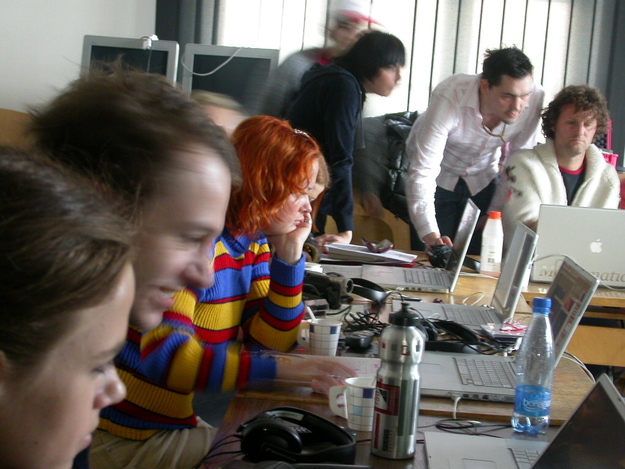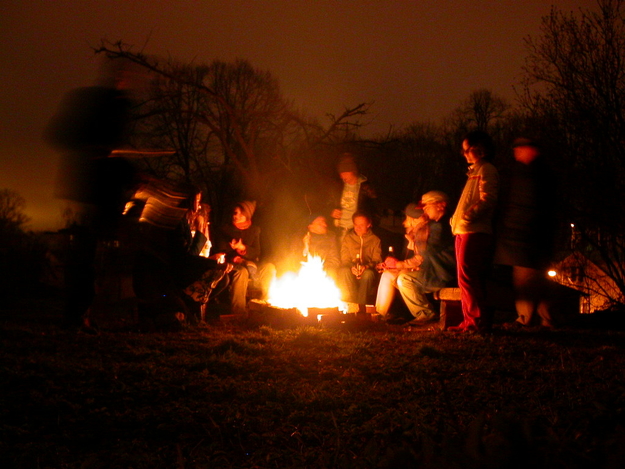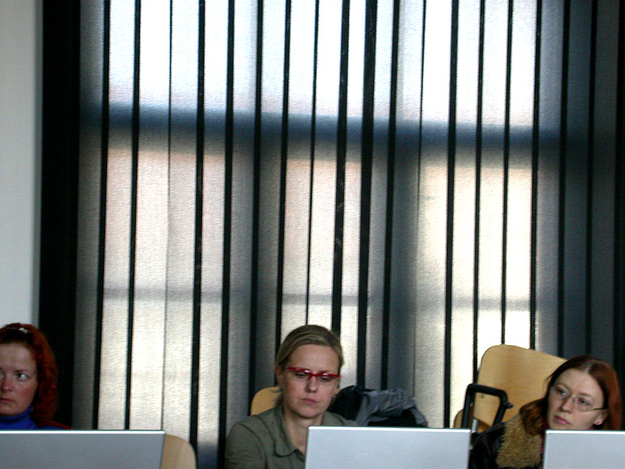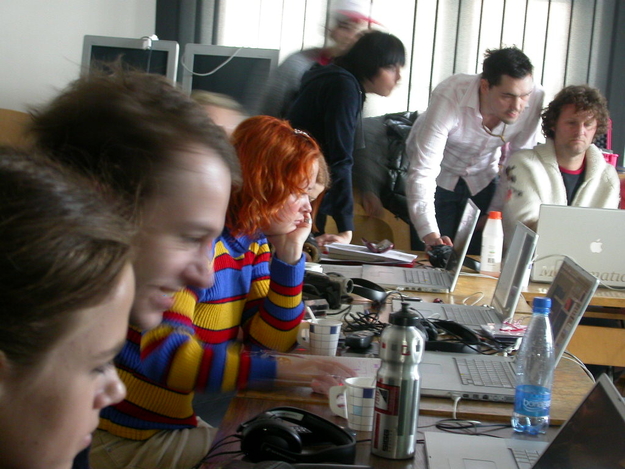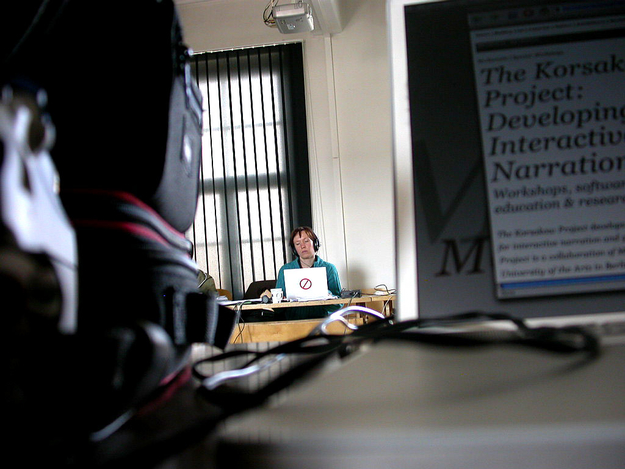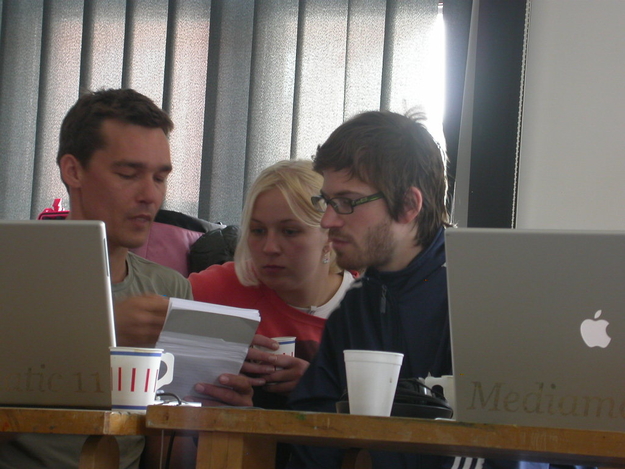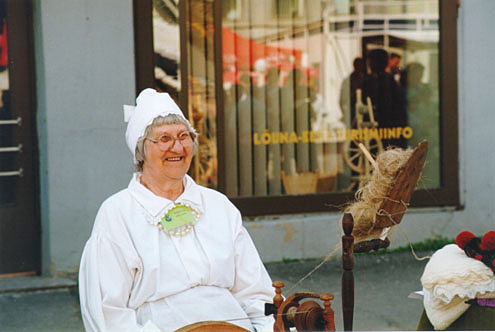This workshop takes an interdisciplinary approach and makes new media and cross media content production available for people with a background in mass media. Our workshop offers an easily accessible way to obtain practical and conceptual skills to combine the strengths of different media. Cross media formats (projects that use older and new media in combination) become increasingly important in the current media practice. You will learn to make interactive films, and develop a specific position and dramaturgy for the interactive audience of your project. This workshop will take place in cooperation with the Tartu Art College in Estonia.
You work with your own film material (40 minutes max), but you can also use prepared material or shoot new material to a limited extent. To build a working prototype, you use the Korsakow System. The Korsakow System is a simple and powerful database driven authoring environment for interactive storytelling with streaming media. All participants are assisted personally in realising their workshop projects. No specific technical knowledge is required to be able to use the software.
A reader with supplementary material is available online
Workshop Report
Once you're there, Tartu, Estonia feels lot closer to the centre of the world then when you're trying to get there. It is home to, for instance, an old and famous university, an impressive amount of casino's, a couple of frenzied nightclubs, delicious Russian (and other) restaurants and an ambitious and well-equipped art college. And spring just started - a powerful stimulant after the deep Nordic winter.
A mixed bunch gathered together inTartu for this workshop. Filmmakers, artists and designers from the UK, Germany, Italy, The Netherlands, Russia, and of course Estonia. For them the Interactive Film Lab is bought time. Six consecutive days free from distractions with the sole responsibility is to get as much out of the workshop as possible. This is a rare kind of plenty, in which all present were quite happy to divulge. And Tartu Art College, with head of the Media department Raivo Kelomees as host, proved a fertile environment.
To kick off the workshop, three artists discussed their work in the main auditorium of Tartu University. Matt Adams presented some of the complex but very rewarding interactive theatrical works of BlastTheory (UK) and offered his insights in the responsibilities of a maker towards the interacting audience. Valentina Nisi showed her location based stories, and went into the challenges creating story experiences with new handheld technologies.
Joes Koppers showed his beautiful interactive dvd on the work of Dutch film maker Adriaan van Ditvoorst, followed by its more interactive online version in which Joes worked embodies his new ideas on what interactive film should deliver
The participants' pieces made in this workshop were maybe never so diverse and so accomplished. All pieces worked on the senses as well as on the brain.
On an abstract level, there is one similarity that can be noticed in all these pieces. In a way they all consist of carefully constructed gaps: gaps between expectation and reward, gaps between the meaning of the words and of the action in the film, gaps between sound and image, gaps between sensual and mental experience, gaps between choice and effect. To shortly go into a few of the pieces:
In Axel Vogelsangs' 'Partial Eclipse' the not too successful love lives of a man and a woman become universal when they appear to be comments on and the inherent sadness of space travel and the flawed creation of the world
url: incompatibility.net/misc/Partial_Eclipse/engine.html
Fideelia Signe-Root endeavored to educate the Estonian male in proper behavior and mental hygiene in her encyclopedic piece MALE, see
www.fideelia.pri.ee/engine.html that was actually based on a 19th century course in manners for adolescent girls.
Denise Doyle cleverly played the static ness of the Korsakow interface against the fragmentation of memory, using colorful or more subdued clips in which the positions and combinations of images are different every time.
In Annika Kaljurands' piece the combination of the players' choice with the sounds and stories that follow, achieves to make tangible how the notion of time is an inseparable effect of experience. Every story creates a different awareness of scale, of eddies, currents or still pools in time that only exist as differences in speed of existence.
Sveta Bogomolova, to mention one more beautiful project, made a piece in which sound navigation creates expectations that are juxtaposed by the texture and movement of the images that follow. Every time a player chooses a sound, it is filled in with an image. All the combinations work alter the meanings of both the sound and the image, creating immediate crisp and jumpy associations.
The gap mentioned above is probably not a possible feature of interactive works in particular. Every art work only works when it engages the active imagination of its audience - when it creates a space that the audience feels inclined to fill in with their presence and meanings. But in interactive works, players don't only have to think and feel in this space, they also have to act.
The most common risks for makers of interactive works is that they create either too big a gap between what a player expects and what comes, or too narrow a gap. It is not easy to surprise and engage a player in a technical environment he first has to learn to trust. But somehow the participants to the Tartu Interactive film Lab managed to do exactly that.
This workshop is made possible with the support of the MEDIA PLUS PROGRAMME of the European Community
